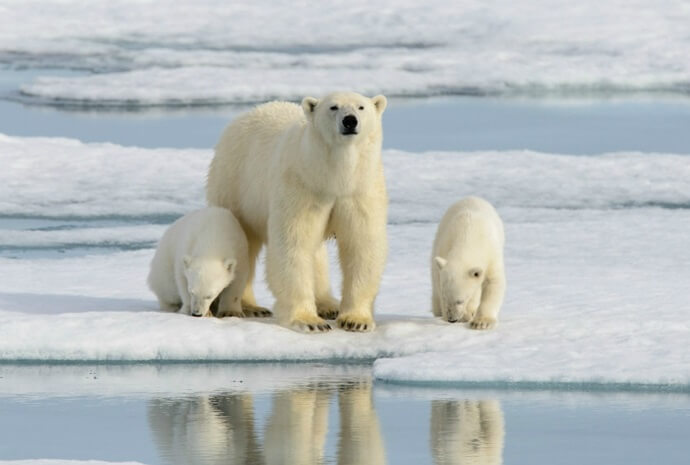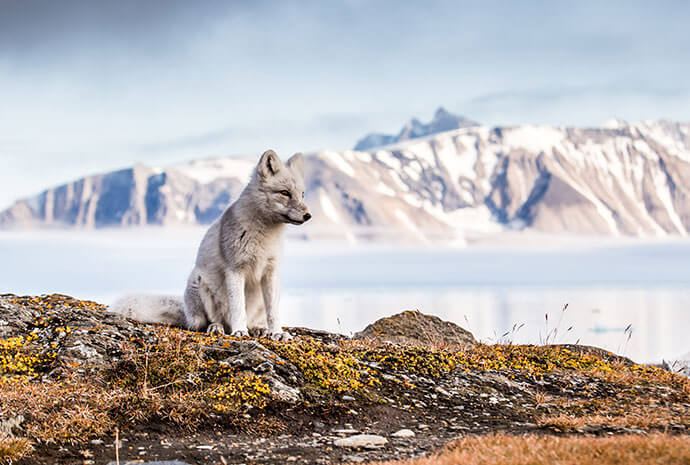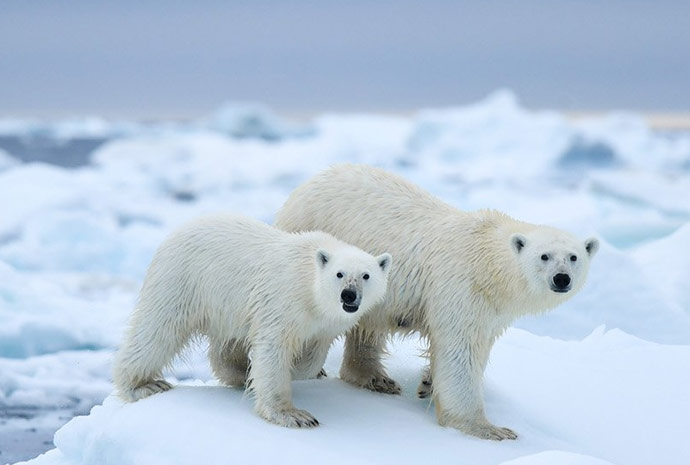Wild Scotland
Wild Scotland 12 days
Aboard: Greg Mortimer
From the Hebrides in the west, to inhospitable windswept specks of land like St Kilda and Foula, and to the Orkney and Shetland islands in the north, we'll explore the intriguing diversity of these wild islands. We plan to take in Neolithic sites scarcely changed in 5000 years, and ponder the mystery of huge monoliths that marked seasonal change. We'll visit remote crofting communities, picturesque villages and castles that were once strongholds of Scottish clans. We hope to see some of the world's largest seabird colonies, raucous places filled with gannets, fulmars, arctic terns and delightful puffins. And enjoy gentle cruising in Zodiacs as seals play nearby in waters patrolled by whales and dolphins.
Various departures available. Please enquire for full dates and rates.
Highlights
- Visit World-heritage-listed St Kilda & explore historic villages in the Orkney Islands
- See basking sharks, dolphins & seals in the Hebrides as well as puffin, guillemots, eagles and fulmars
- Discover the fascinating history of the Shetland Islands
- Optional kayaking and stand-up paddle boarding excursions through sea caves and mirror-like lochs
- Visit an Iron Age broch with knowledgeable guides & historians
- Resident photography guide
What's Included
- One night's accommodation in Edinburgh pre-voyage with breakfast and half-day tour
- Full board accommodation on board ship with daily breakfast, lunch, dinner and snacks
- Wines, beers and soft drinks with dinner
- Captain's Welcome and Farewell drinks including four-course dinner, house cocktails, house beer and wine, and non-alcoholic beverages
- Zodiac landings and excursions
- Programme of expert lectures
- Loan of rubber boots
- Complimentary 3-in-1 polar jacket
So much to experience
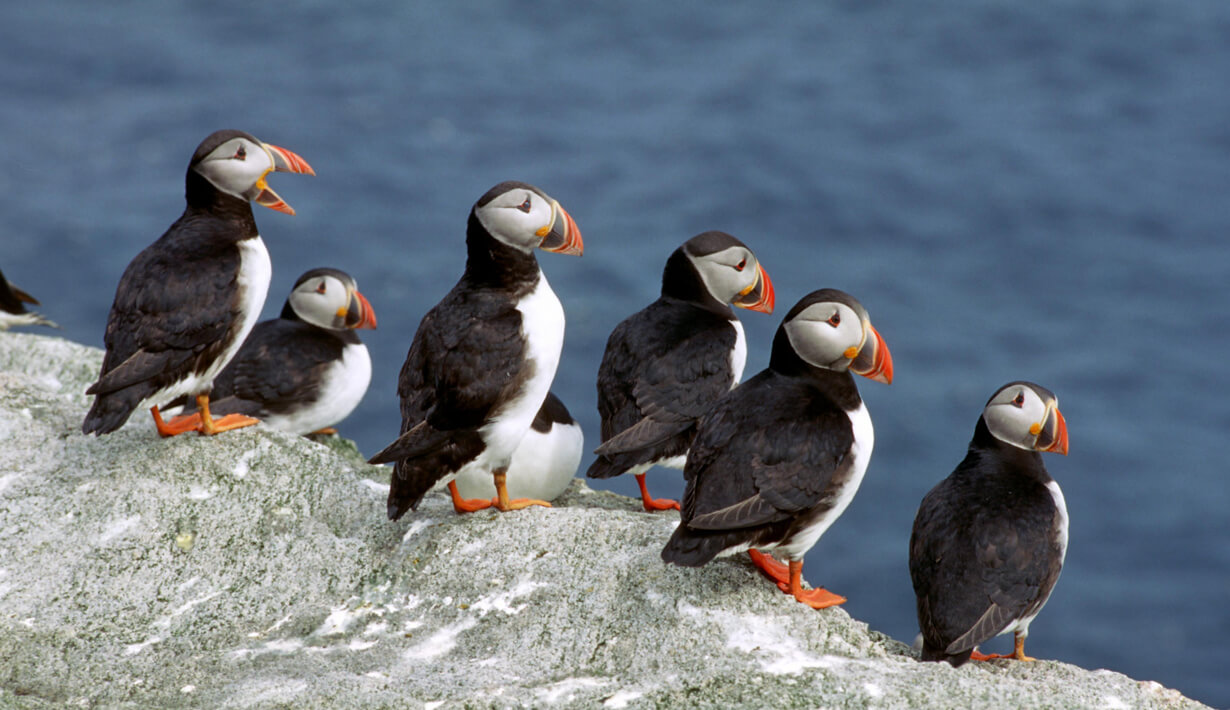
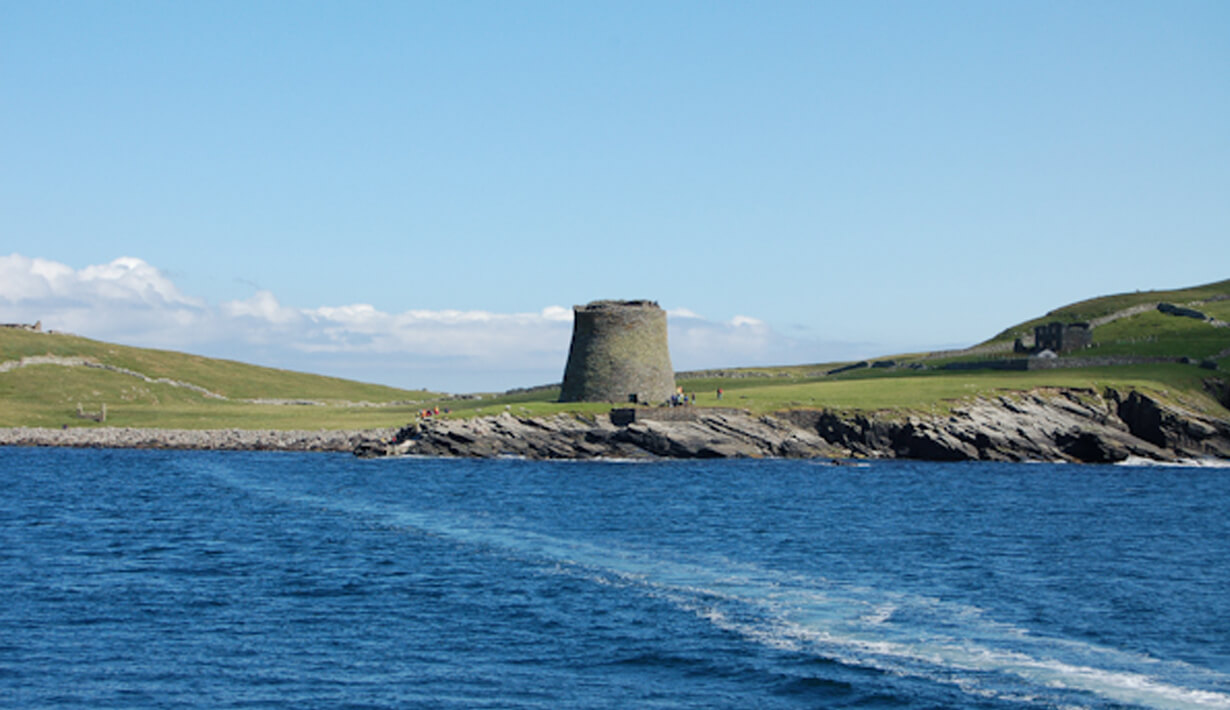
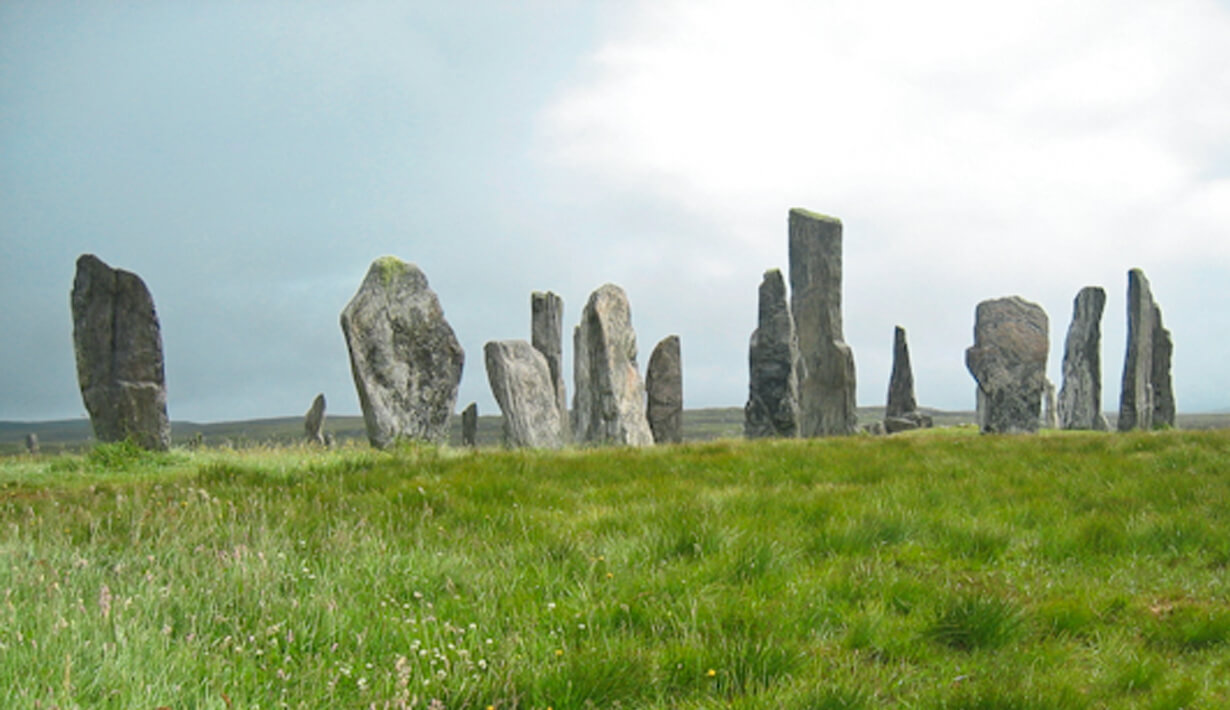
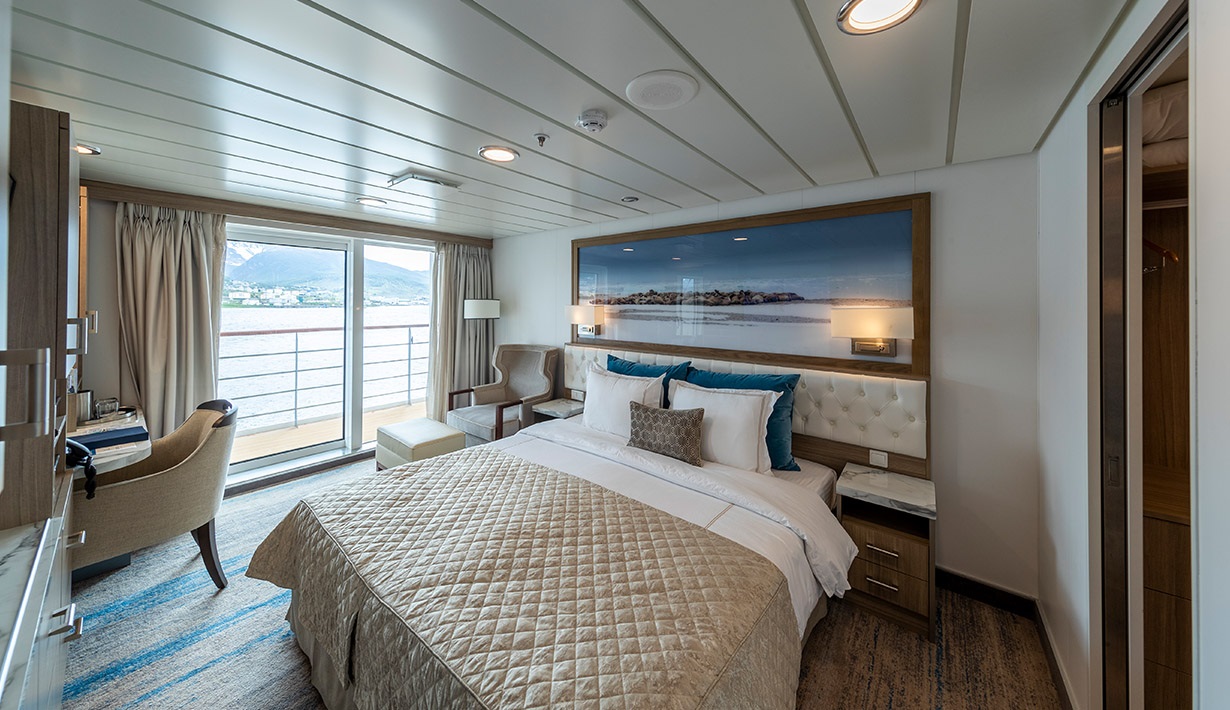

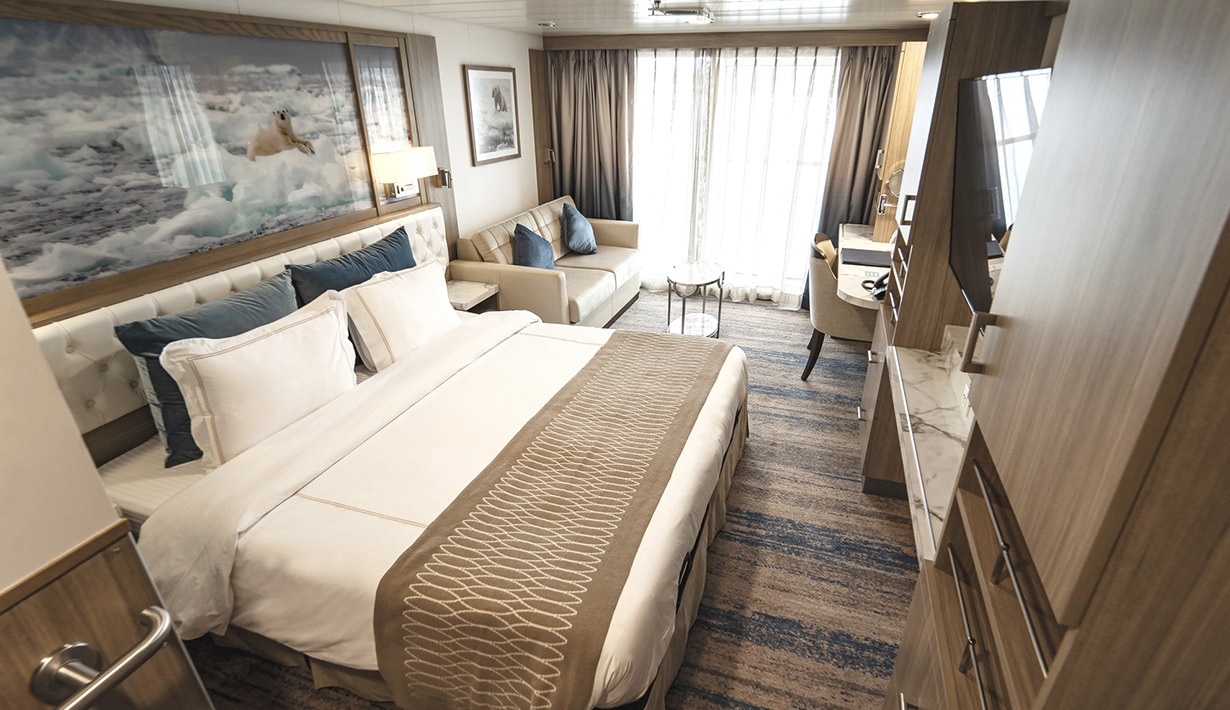
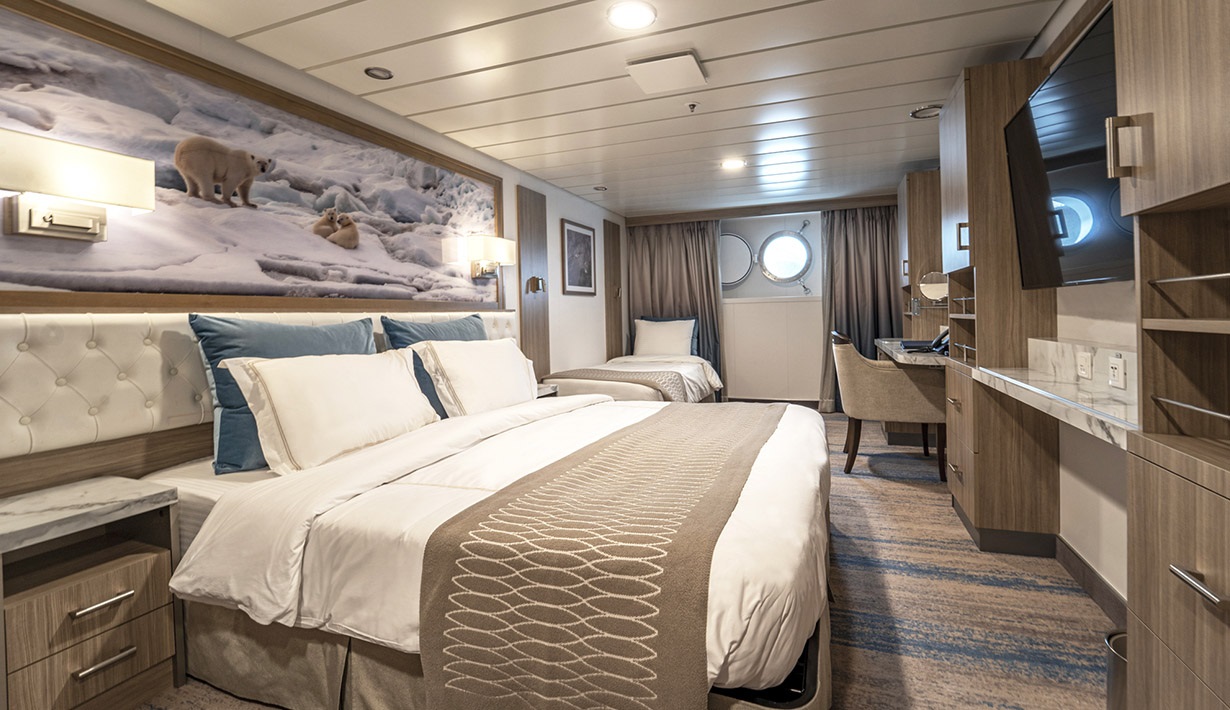
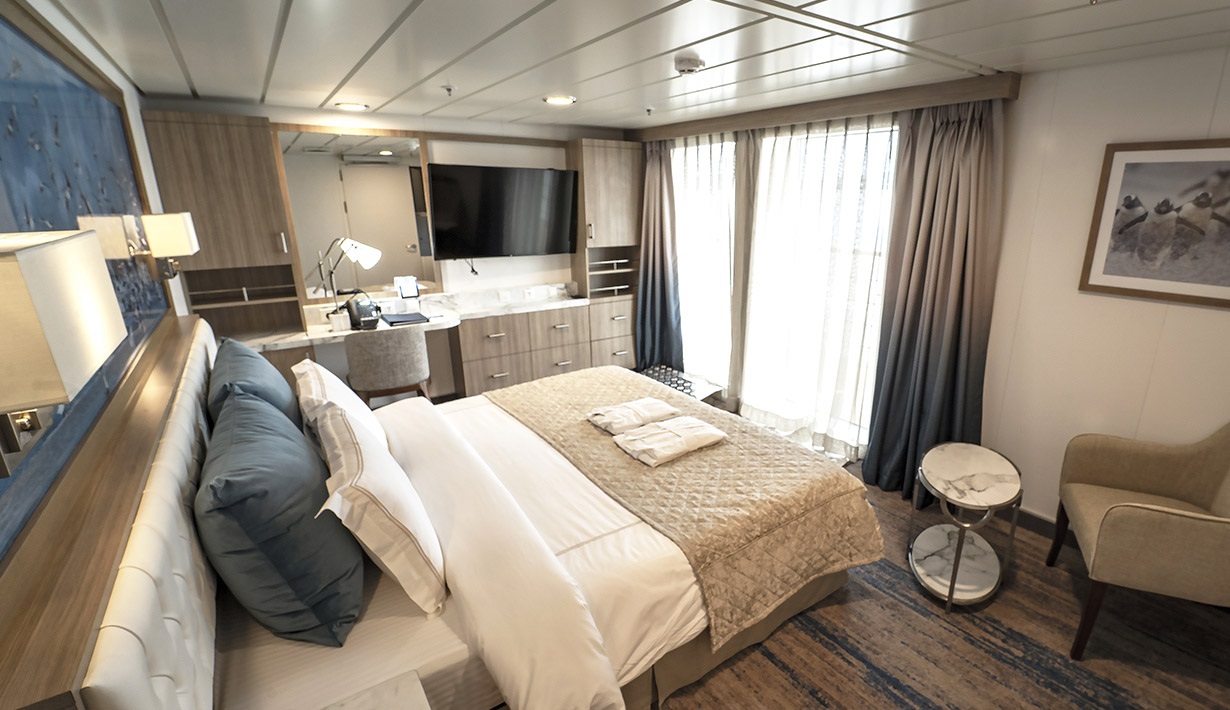
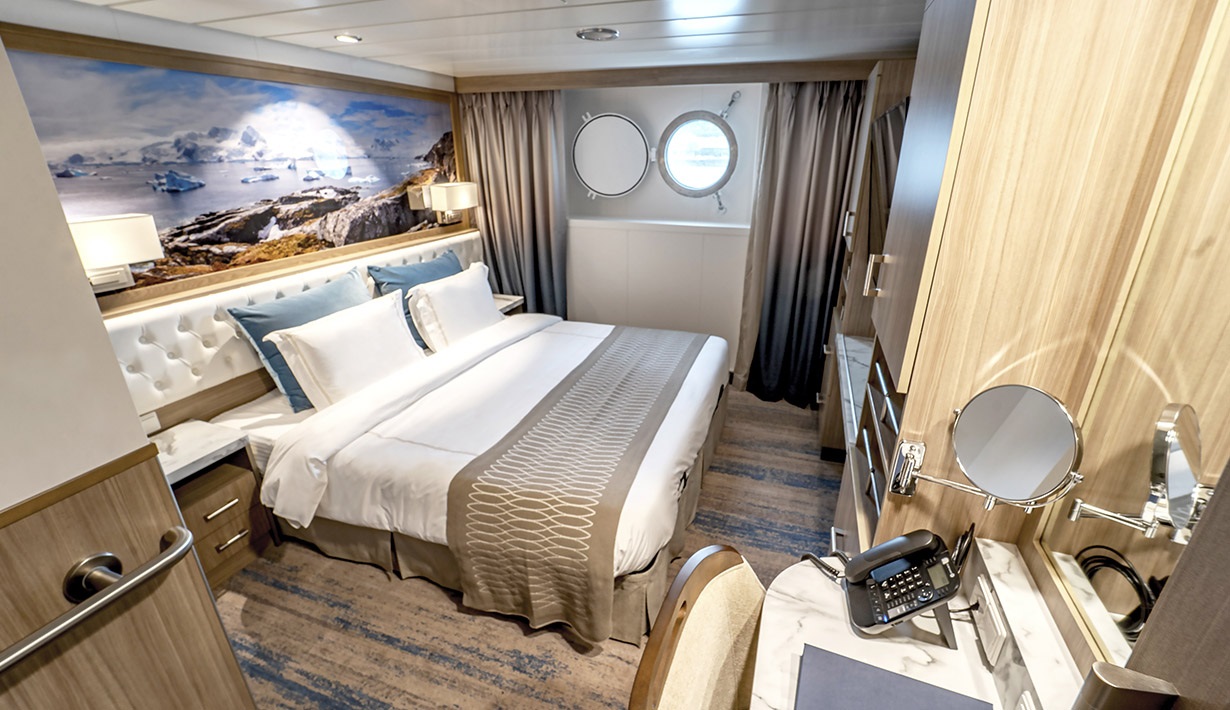
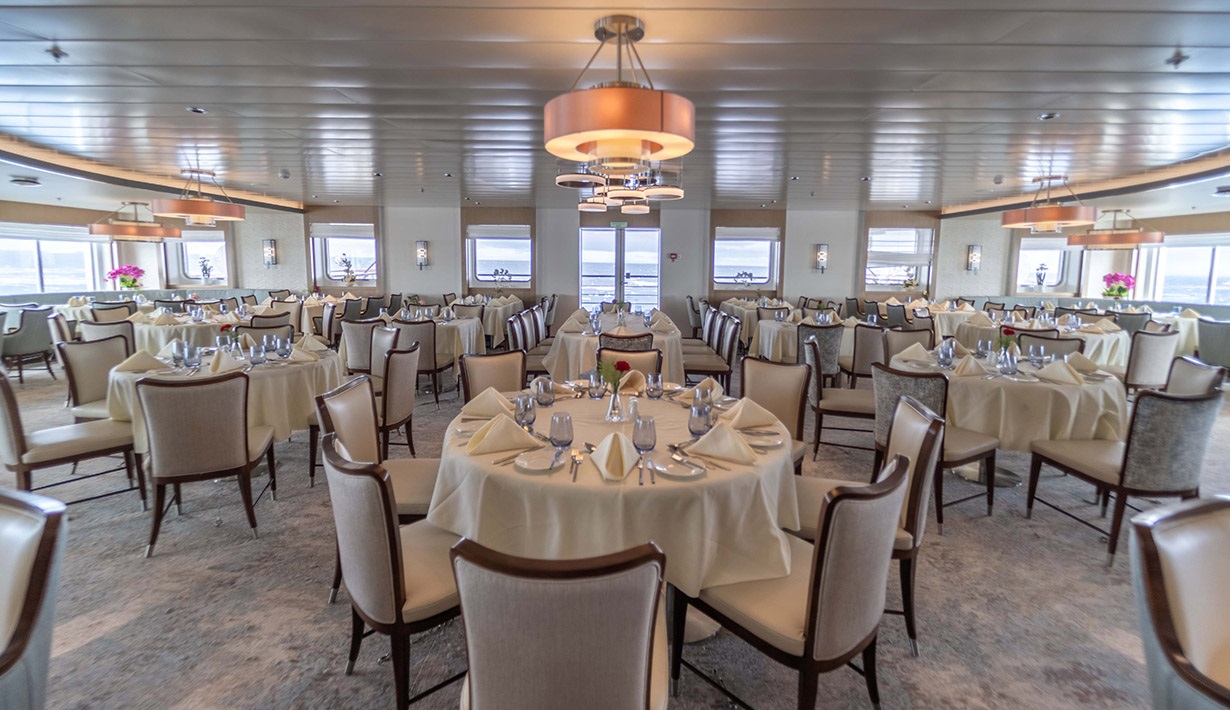
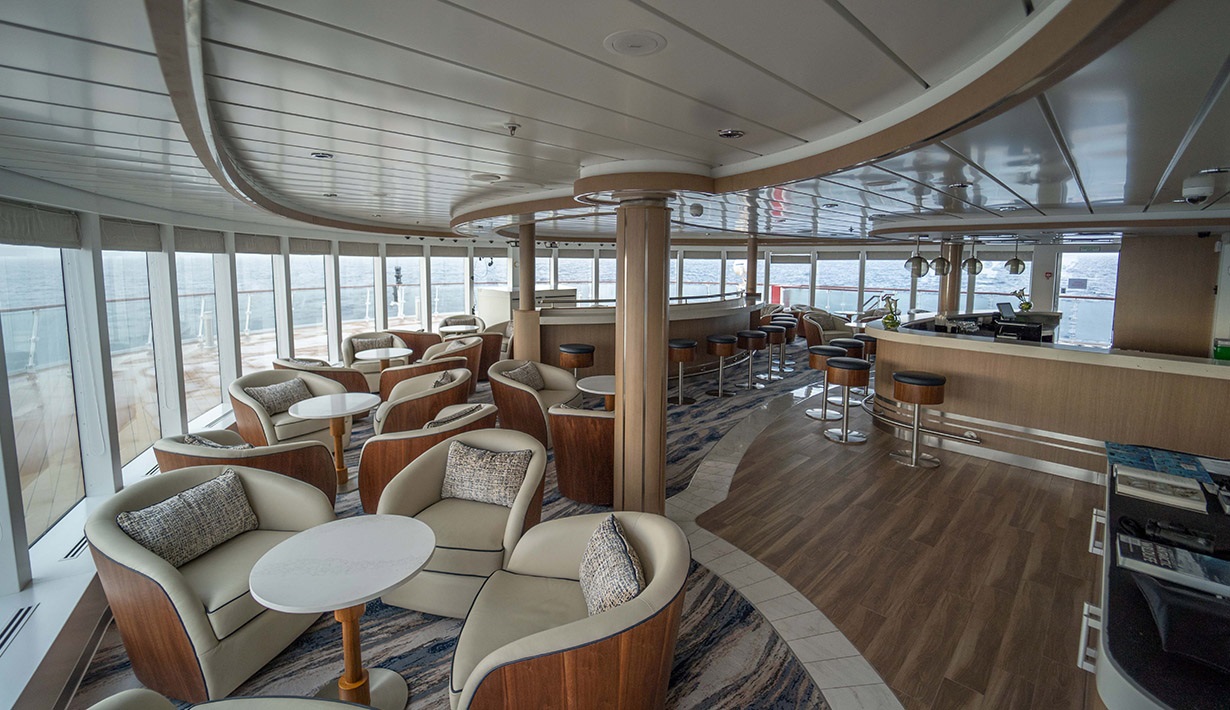
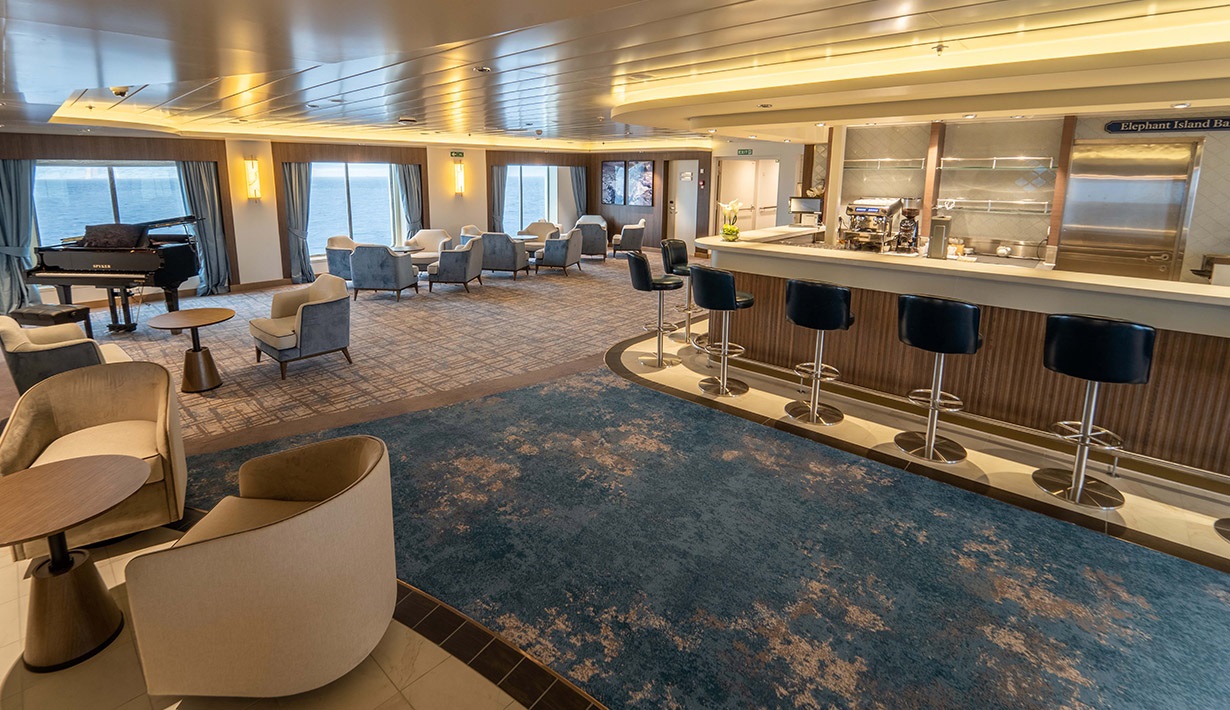

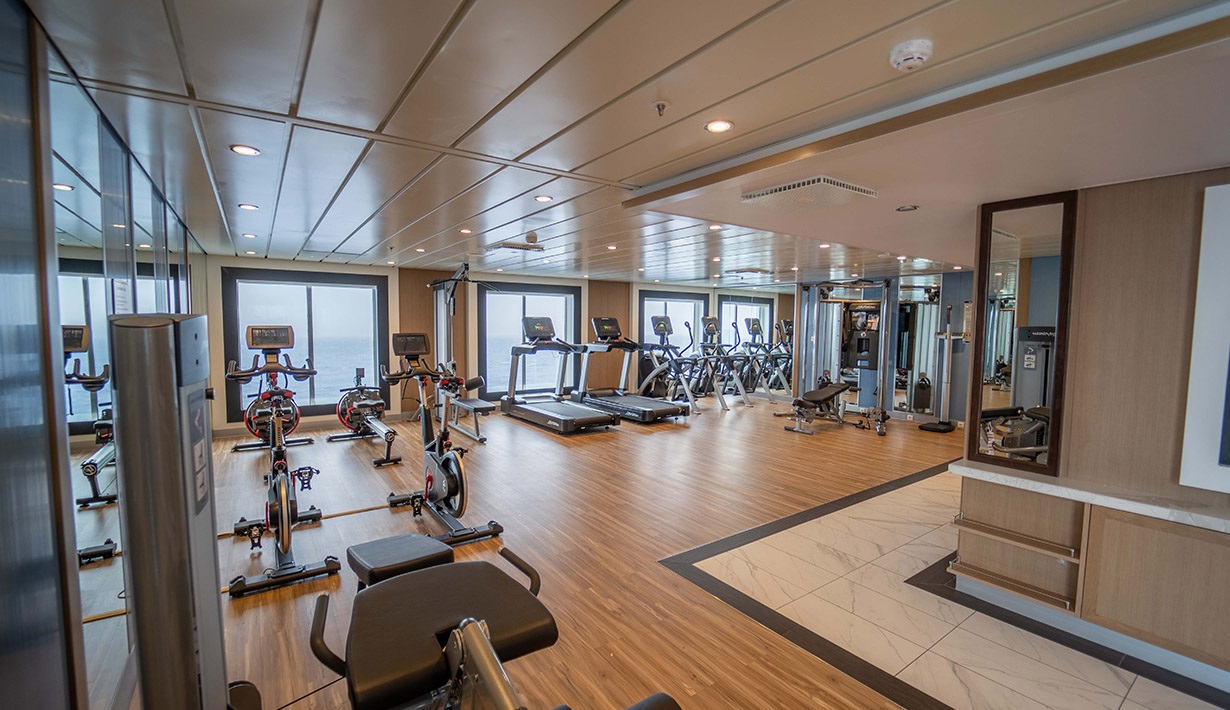
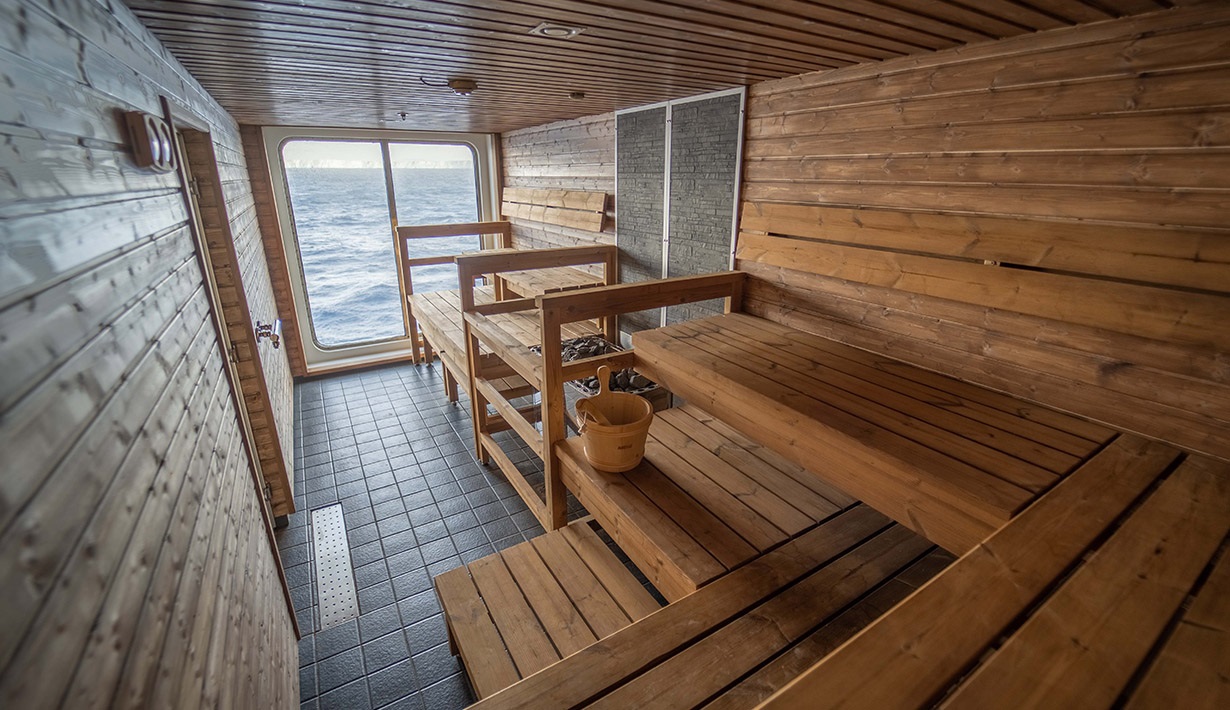















Our popularitinerary Suggestions
All our itinerary holidays are fully customisable

Edinburgh

Troon - Embark

Inner Hebrides

Outer Hebrides

Shetland Islands

Orkney Islands

Aberdeen
A view from Above
All Aboard
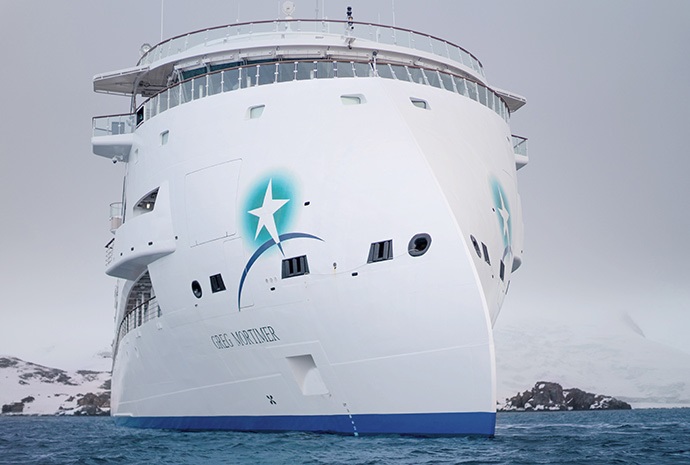
Greg Mortimer
The brand new (2018-19) “Greg Mortimer” is a purpose-built expedition vessel capable of negotiating the strongest winds and waves, and has been built to world-class polar standards. The Greg Mortimer redefines expedition cruising for the future, utilising the ULSTEIN X-BOW, a cutting edge nautical technology which allows for gentle travel and motion at sea, reduced vibrations, improved comfort and safety on board, virtual anchoring, lower fuel consumption and lower air emissions.
Robust, powerful, and built with passengers’ comfort and safety at the forefront of design, the Greg Mortimer features a modern ice-strengthened hull at ice class 1A, four sea-level launching platforms for fast and efficient access to Zodiacs, a custom-built activity platform, the most up-to-date and concise safety features including the latest ‘return to port’ technology, and has been built to meet and exceed the strict environment standards of the Polar Code, for non-intrusive and low-impact voyages.
For exceptional at sea wildlife and scenery viewing opportunities the ship has custom-built hydraulic platforms offering unobstructed views, an indoor observation lounge, side viewing platforms and an outdoor top deck which allows for 360-degree views.
With space for 132 passengers the ship has 80 well designed staterooms with en-suite bathrooms, ranging from porthole to balcony categories, a large dining room/restaurant with family style dining, a spacious lecture room, a well stocked library, Wellness Centre complete with gym equipment, sauna and spa, a multimedia room and a fully-stocked medical centre.
Too much to choose from? This is where we come in
Take advantage of our vast experience, passion and expertise to help you hand craft the perfect Arctic, British Isles adventure for you.

Mike has more than fifteen years hands-on experience in the industry, travelling to some of the most incredible wild places on the planet. His far-reaching knowledge and invaluable skills will ensure that your wildlife travel adventure is a dream come true.

Amy’s abiding love of adventure travel has taken her to some of the most incredible wildlife-rich places on Earth. Her vast experience and genuine desire to share her knowledge makes her an outstanding and invaluable person to help you organise your wildlife adventure trip.

With a lifetime of unforgettable nature and adventure based travel under his belt, Simon shares his passion, enthusiasm and hands-on experience to help create the perfect itinerary for every client.
Ready to start planning youronce in a lifetime trip?
Call us
0800 195 3385
Outside the uk
+ 44 1625 5811 43
Call us
+ 44 1625 5811 43
Call us
+ 44 1625 5811 43
Chat Now
Request a
callback
Fill in our
Enquiry form

Book a
Consultation
Ready to start planning youronce in a lifetime trip?
Call us - 0800 195 3385
Outside the uk? + 44 1625 5811 43
+ 44 1625 5811 43
Call us - 0800 195 3385
Chat Now
Request a
callback
Fill in our
Enquiry form

Book a
Consultation
